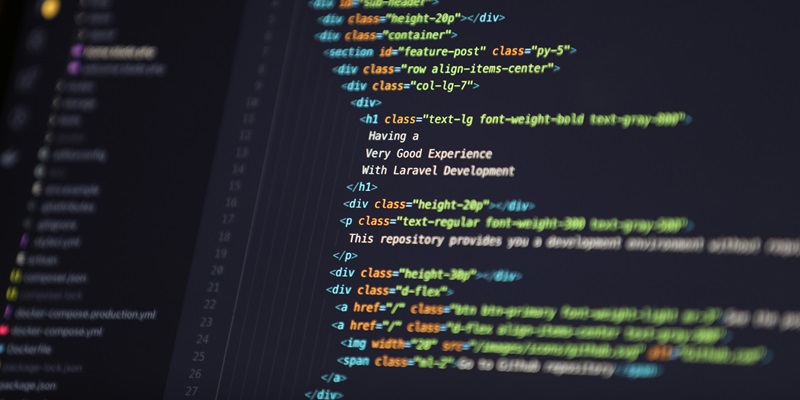Gearset recently announced the acquisition of Clayton, a code analysis platform specializing in identifying anti-patterns and vulnerabilities in custom applications built on Salesforce. The acquisition aims to integrate Clayton’s functionalities into Gearset’s comprehensive DevOps platform, thus ensuring secure application deployments without compromising on development speed. Kevin Boyle, CEO of Gearset, articulated that this merger would optimize their platform’s capabilities, providing a seamless experience for users aiming to deploy secure and stable applications on Salesforce. Clayton, which will continue to operate as an individual business unit within Gearset, has already been collaborating closely with the company. While the financial terms of the acquisition remain undisclosed, the move signifies a strategic effort to enhance their existing offerings, providing greater value to their growing customer base in the Salesforce ecosystem.
Enhancing Security and Efficiency in Salesforce Deployments
The acquisition’s primary goal is to streamline the process of deploying secure applications—a crucial factor in today’s fast-paced development environments. Salesforce applications often face unique challenges due to their proprietary languages, formats, and metadata complexities. These challenges are further compounded by the varying levels of developer expertise within organizations, ranging from seasoned coders to citizen developers. Such diversity increases the risks of introducing misconfigurations and vulnerabilities into the applications, which could have far-reaching consequences. By integrating Clayton’s advanced code analysis capabilities, Gearset seeks to mitigate these risks and enforce DevSecOps best practices more efficiently.
Recent survey data from Gearset underscores the growing adoption of Continuous Integration and Continuous Deployment (CI/CD) platforms among Salesforce developers, with over half already utilizing such systems, and another 28% planning to adopt them soon. Moreover, 59% of organizations indicated they either have implemented or are planning to implement version control, while 54% are engaging in automated testing. These statistics reflect a broad movement towards improving release quality and collaboration through DevOps methodologies, even though only 38% of respondents focused on more frequent releases and reduced lead times as metrics for ROI. This interesting shift marks a clear preference for overall application quality rather than mere speed of development.
Impact of Generative AI and Future of DevOps Workflows
The advent of generative AI is poised to further accelerate application development, making effective DevOps workflows indispensable to manage this heightened pace. As Boyle pointed out, organizations that prioritize DevSecOps are more likely to produce high-quality applications consistently. However, the challenge lies in the industry’s general awareness of the best practices required for building SaaS applications on Salesforce. Despite the growing adoption of DevOps, only a smaller portion of organizations have fully embraced the practices needed to keep up with rapid technological advancements.
Gearset’s commitment to simplifying these best practices offers a promising outlook. As development timelines shorten, thanks in part to generative AI, the need for robust security protocols becomes even more pressing. Organizations must continue to focus on securing their development pipelines to prevent vulnerabilities from entering the final product. Continuous education and implementation of these best practices are essential to maintaining application standards and ensuring that increased development speed does not come at the cost of quality or security.
The Road Ahead for Salesforce DevOps
The rise of generative AI is set to speed up application development, making efficient DevOps workflows crucial for managing this rapid pace. As Boyle noted, organizations that focus on DevSecOps are more likely to consistently produce high-quality applications. However, the industry faces a challenge in being generally aware of the best practices necessary for building SaaS applications on Salesforce. Despite the growing trend of DevOps adoption, only a minority of organizations have fully implemented the practices needed to keep pace with fast-evolving technologies.
Gearset’s dedication to simplifying these best practices presents an optimistic perspective. As development timelines shrink, partly due to generative AI, the necessity for solid security protocols becomes even more vital. Organizations must persist in securing their development pipelines to block vulnerabilities from affecting the final product. Continuous education and applying best practices are essential to uphold application standards, ensuring that the increased development speed does not compromise quality or security. This ongoing adaptation is key to thriving in a rapidly changing technological landscape.

